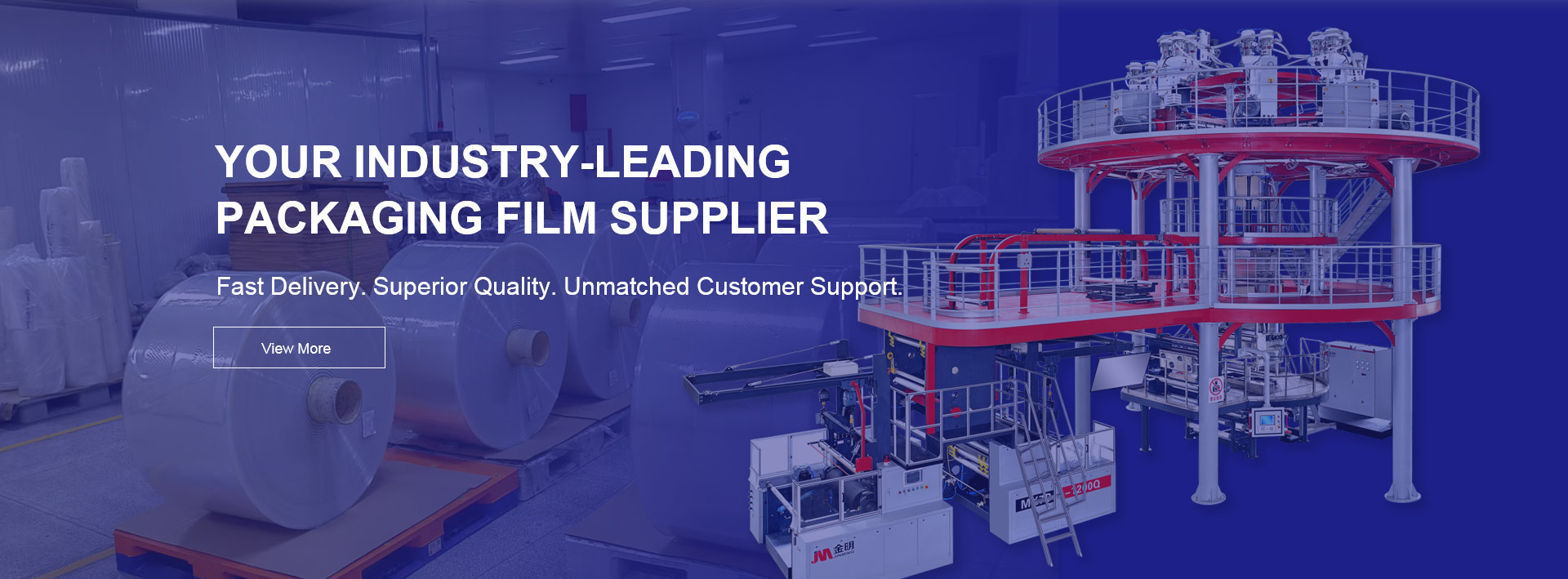
Lately, sustainability has been emerging as one of the key trends in the packaging space. As more customers start being concerned about environmental issues, companies are facing growing challenges for adoption of greener business practices. One of such techniques that has received a lot of focus in the food packaging industry is the employment of co‐extrusion barrier films.The company in charge, ILPRA, has incorporated these films due mainly to their remarkable properties and cost save benefits in a production facility.
Co-Extrusion Barrier Films Basic Definition
Co-extrusion barrier films are multilayer films produced through the process of co-extrusion, which is layering of materials into a single flexible packaging film. Moisture, Oxygen and puncture are the layers designed to perform specific function. It is this flexibility that make companies manufacture the film in a way so as to suit the food product at hand for freshness and shelf life extension.
How Co-Extrusion Barrier Films Contribute Towards Sustainability
The primary benefit of co-extrusion barrier films is the fact that they create very efficient plastic constructions, facilitating a decrease in the amount of material used for constructions. Most of the time, multicomponent packaging needs several layers of different materials to achieve the desired functionality. It is rather the opposite in this case as co-extrusion technology improves upon this by integrating several layers into a single film rather than adding more materials. This, in turn, helps to reduce the amount of waste generated as well as the carbon emissions during the packaging exercises.
For instance, numerous co-extruded barrier films can also be made undergo recycling or even composting without inflicting substantial harm to the structures. The utilization of these films promotes the increasing urge for environmentally friendly packing materials while still catering for performance attributes expected of food protection.
Benefits for the food packaging industry
Extended Shelf Life: One of the key positive aspects elicited by this technology and package structures is that, co-extrusion barrier films hinder the ingress of oxygen, moisture and other contaminants and extend the freshness and quality of food. This contributes towards sustainability as food waste is reduced and is therefore a further advantage.
Cost-Effective: Packaging co-extrusion barrier films save money on the use of materials and resources by reducing the number of materials used in any given package. The thin weight of these packs adds to lower costs when shipping.
Wide Range of Applications: These types of films are helpful in production of different types of food packaging products which include vacuum bags, pouches and wrappings of cooked meats, dairy and snack products among others.
Improved Brand Equity and Reputation: In practice, the companies that embrace such sustainable tools as co-extrusion barrier films particularly do so in order to enhance their brand equity. This is because they extend to using eco-friendly packaging and consumers of today prefer brands that are environmentally considerate.
Along with increasing some sustainable measures in packaging, co-extrusion barrier films are an appropriate solution for the food supply chain in the perspective of innovation. Due to their large material savings, performance flexibility, and environmental consideration, such tools are politically correct for the companies that efficiently intend to protect the environment. Consumers are now looking out for more such companies which bring about a kinder environment and in the same breath protecting their brand image as well.
The use of Co-Extrusion Barrier Films by companies is not all in a bid to protect their products, but rather the environment as well.